Search
Search Results
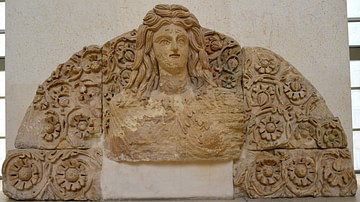
Image
Nabataean Relief Sculpture of Atargatis
Stone sculpture of Atargatis (Ataratheh), the Syrian goddess of fertility in Classical antiquity, from the entrance of a Nabataean temple in modern-day southern Jordan. The Kingdom of Nabatea became prosperous and wealthy through trade with...
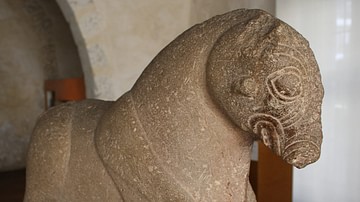
Image
Iberian Bull Sculpture
Iberian-Celtic bull sculpture from Saguntum (Sagunto), Spain. 4th century BCE. (Archaeological Museum, Sagunto)
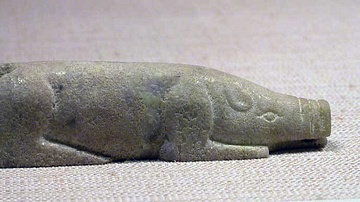
Image
Eastern Han Pig Sculpture
A dolomite sculpture of a recumbent pig. Eastern Han Dynasty, 25-220 CE. Height: 3 cm. Length: 10.6 cm. (Metropolitan Museum of Art, New York)
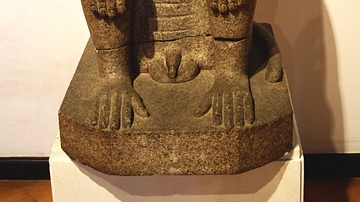
Image
Egyptian Baboon Sculpture
This ancient Egyptian sculpture made of basalt dates from the 13th century BCE and depicts a seated baboon. The baboon was associated with Thoth—the god of wisdom, science, and measurement. Baboons were thus often represented with water clocks...
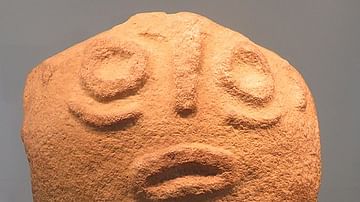
Image
The Family Founder Sculpture, Lepenski Vir
The Family Founder (Serbian Cyrillic: Родоначелник) is a quartz sandstone sculpture dating back from c. 6300 – c. 5900 BCE found at Lepenski Vir (Serbia). (Lepenski Vir Museum)
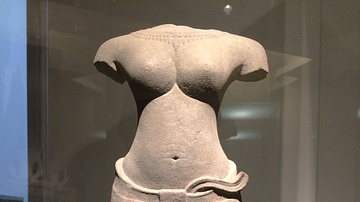
Image
Khmer Feminine Divinity Sculpture
This Khmer sandstone sculpture represents a Hindu goddess in the Baphuon style. It comes from Preah Vihear, Preah Vihear in Cambodia and dates from the 11th century CE. (Musée Guimet, Paris)
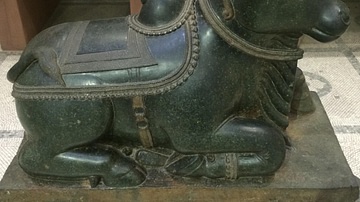
Image
Nandi Sculpture
A serpentine stone sculpture of Nandi, the sacred bull calf and vehicle of the Hindu god Shiva. The Deccan, India, 1550-1650 CE. (Victoria & Albert Museum, London)
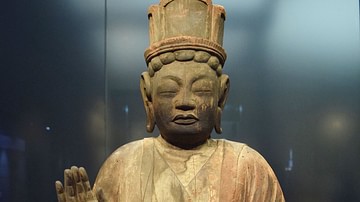
Image
Standing Taishaku Ten Sculpture
This sculpture dates from 10th-century CE Japan and is made of wood with polychrome. It depicts the deity Sakra Devanam Indra (or "Taishaku Ten" in Japanese). This deity may be traced back to Indra, a god of war in ancient India who was alted...
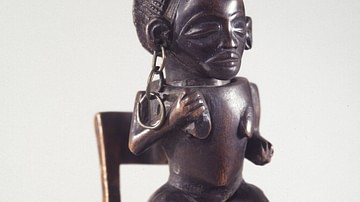
Image
Chokwe Sculpture, Angola
A wooden Chokwe sculpture, Angola, 19th century. The figure is female, likely royal, and has been hollowed out for use as a container for snuff with the head as the stopper. (Brooklyn Museum, New York)
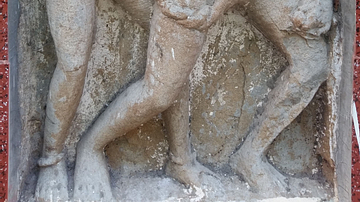
Image
Pallava Sculpture, Kanchipuram
Sculpture believed to depict a scene from 'Mathavilasa Prahasana' at Thantondreeswara Temple, Kanchipuram, India. 8th century CE.